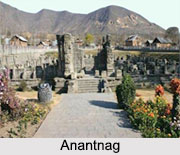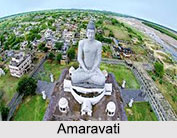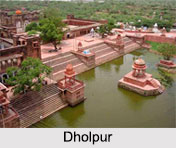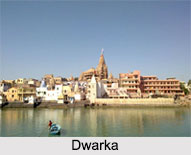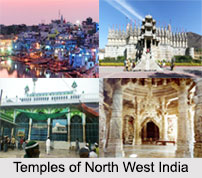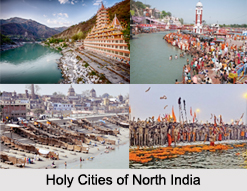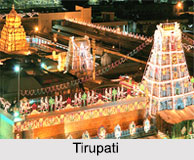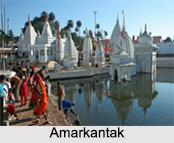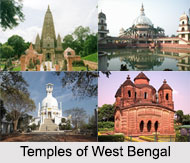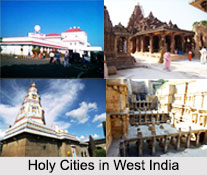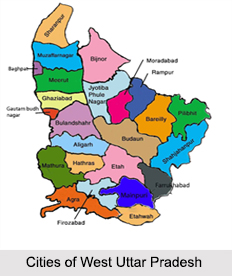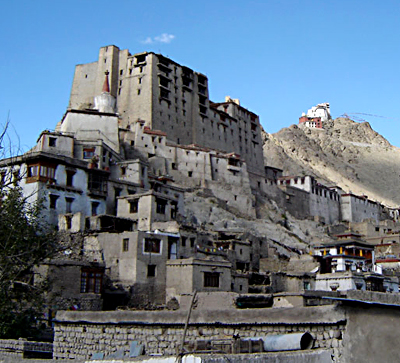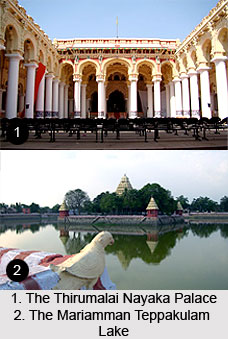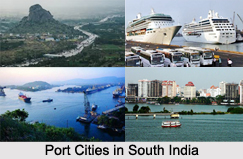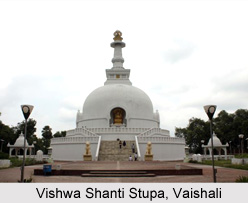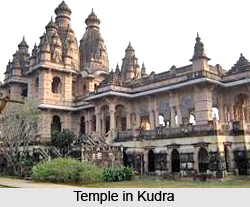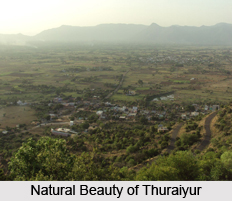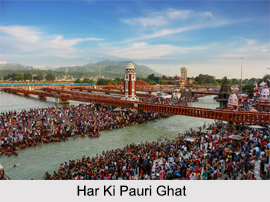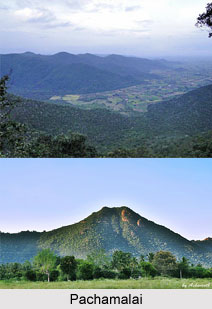 Pachamalai is a new hill station located just 80 kilometres from Thuraiyur. This hill is filled with greenery, which spread within a few range of tribal concentration. The word "Pachamalai" means green and "malai" meaning mountains. Pachamalai is located near 11 degree and 11 minutes north to 78 degree and 21 minutes East ? and ?11.18 degree north to 78.35 degree east. Pachamalai is greener than some of the other hills in the vicinity. Veera Ramar Dam is located in these hills on Kallar.
Pachamalai is a new hill station located just 80 kilometres from Thuraiyur. This hill is filled with greenery, which spread within a few range of tribal concentration. The word "Pachamalai" means green and "malai" meaning mountains. Pachamalai is located near 11 degree and 11 minutes north to 78 degree and 21 minutes East ? and ?11.18 degree north to 78.35 degree east. Pachamalai is greener than some of the other hills in the vicinity. Veera Ramar Dam is located in these hills on Kallar.
The hills of Pachamalai are also home to the `Malayali ` tribe, a Tamil-speaking community with a population of 7,000. The `Malayali` tribes of Pachamalai have their unique culture and traditions and the way of life. The altitude of Pachamalai is about 500 meters to 1000 meters above sea level. This mountain range in itself has different small regions like Thenparanadu, Kombainadu, Athi Nadu and Vannadu. The hill range is used by the adventure lovers for trekking to enjoy nature and the animal life. The small streams and waterfalls add colour to these hills. There are small streams including Kallar River and Sweata Nadi River add scenic beauty and also acts as a life-line in this region. There are some natural waterfalls including Mangalam Aruvi Waterfalls, Koraiyar Waterfalls and Mayil Uthu Falls. The Malayalis, who trade some of their surplus hill produce to the towns below on the plains, trading for items not available in the hills. Jackfruit is one a popular seasonal agriculture produce from this area.
Pachamalai is blessed with a pleasant and temperate climate with temperatures ranging from 25 to 30 degrees Celsius. It is the eternal abode to rare plant species and the hills. Pachamalai presents a picturesque landscape beauty with natural equatorial forests, agricultural lands, hill tops, ridges, and valleys. Periapakkalam Waterfalls and Korayaru waterfalls, along with some viewpoints, are a major attraction of this region.
Pachamalai is aimed at socio-economic uplift of local communities by creating community assets and facilities and group entrepreneurship programmes through the funds generated from eco-tourism. Eco-tourism in Pachamalai is targeted at nature and wildlife enthusiasts, who look for a break from the hustle and bustle of a city. One can enjoy natural walking trails which will have boards explaining the significance of trees, birds, and other existent biodiversity.
